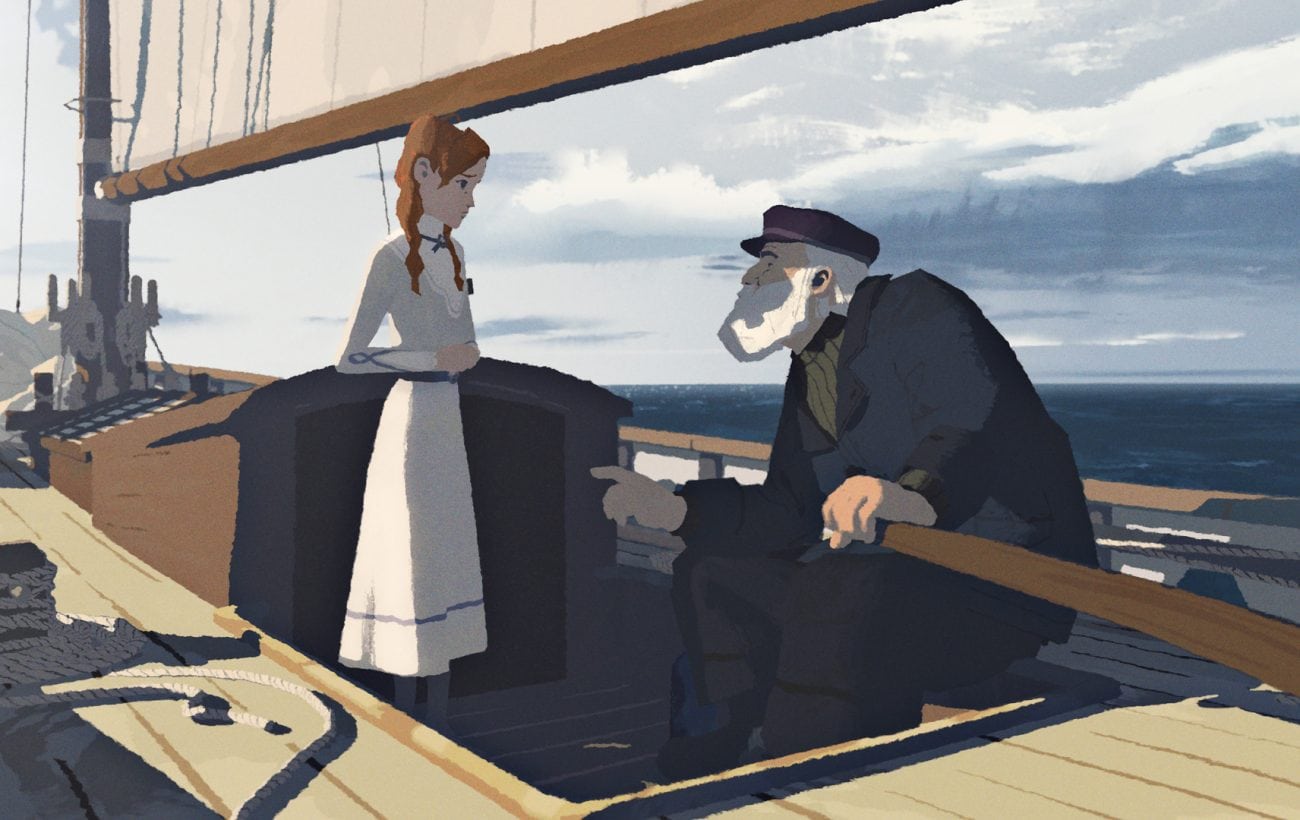Mid-March rolled around with some tragic news: Google announced it would be closing its in-house VR studio Spotlight Stories – a studio that has produced a number of charming short films in virtual reality and 360 degrees over the years. To mark this occasion, I re-watched all of the Spotlight Stories and created a list of my favorites for you; exclusively for this first issue of the new VR Geschichten newsletter.
The Spotlight Stories Studio: An Experimental Laboratory
Just this fall, I listened to a lecture held by longstanding Spotlight Stories collaborator and composer Scot Stafford. Appearing at the VR Days in Amsterdam, he spoke of the successes – and lessons learned – Spotlight Stories had given the team, focusing especially on the areas of sound and its dramaturgy. Now, after six years, things have come to an unexpected end – likely due to lacking revenue. (Read the article on Variety.)
I had wanted to write a “best of” Google Spotlight Stories article for a long time; it will now have to be a last farewell. I have much to thank them for: when this blog started – when I was just beginning to get to grips with the topic – the Spotlight Stories helped me on my journey.
That is because, with every story, they dared to go a step further. As such, every film is an experiment in itself: exploring a very unique concept and its relation to dramaturgy, spectator direction and emotionality. It should come as no surprise that the studio failed to rouse the masses with its self-identification as a storytelling laboratory
However, mass-market also never seemed to be the aim for these films. Some attempts came together in a blaze of success and set new standards, while others failed to impress. Spotlight Stories quickly took on the role of my introductory class into storytelling in 360 degrees and VR film.
The Spotlight Stories: My Top 7
I watched all of the final 16 stories again – new entries were still coming in until just recently, after all – and then continued to compile my seven favorite films from that selection for you. Admittedly, this was planned as a top 5, but I just couldn’t decide… Leave a comment if you have other favorites.
Back to the Moon
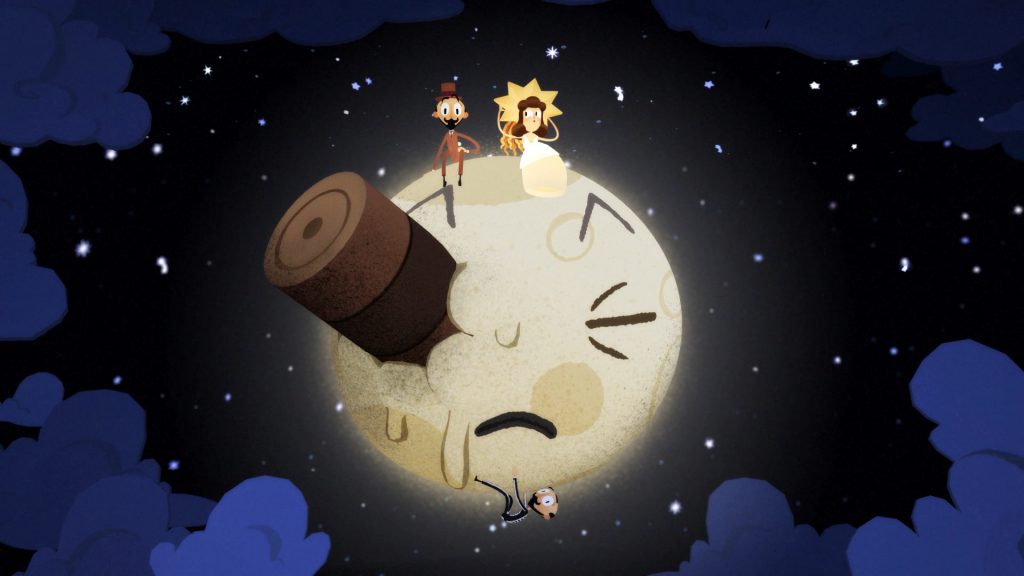
This delightful animated film is an homage to the great film pioneer Georges Méliès. Not only is the film highly entertaining – it also affords viewers a level of interactivity. The story takes a break (while the music keeps playing in a loop) until the viewer looks at the right spot; an interaction that can also be used to define the order of a handful of pretty effects. I was especially fond of the princess: after having been a good little princess and letting herself be saved by her hero, she energetically takes romantic matters into her own hands.
Age of Sail
I got to see this touching story during its premiere in Venice: an old sailor encounters a young girl and, through her, finds a new lease of life. Personally, I was not particularly keen on the animations, which were done in a very specific style. The story, however, is very convincing. In addition to that, the viewer finds themselves on a little wooden boat floating in the middle of a vast ocean – an intense and definitely well-executed experience that could only work this well in VR! (And all that without getting seasick. Director John Kahrs explains how they achieved this in this video.)
Buggy Night
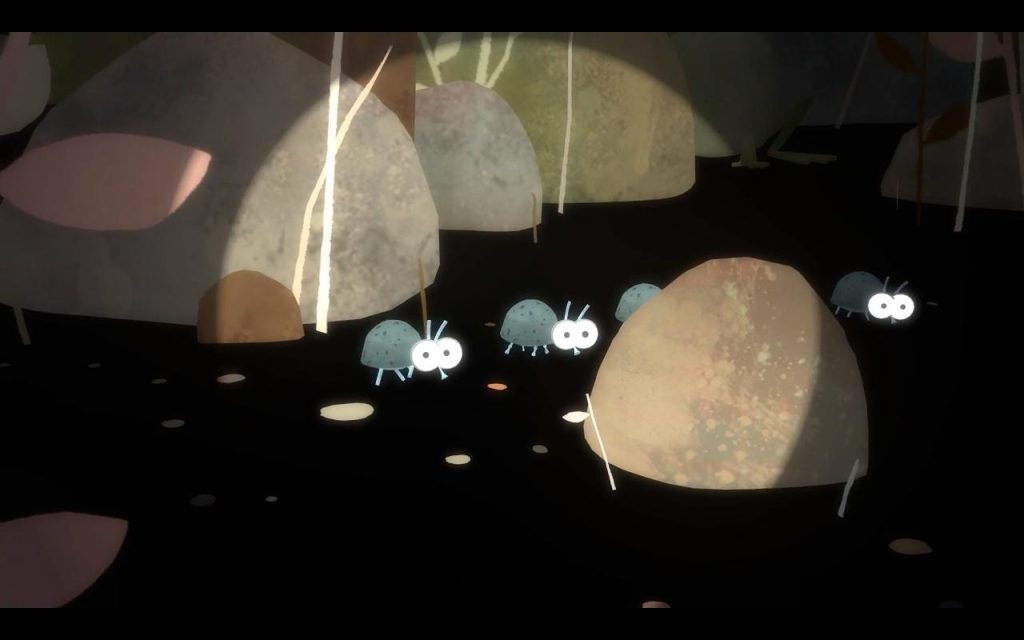
For me, Buggy Night is definitely the Spotlight Stories’ funniest film! Not only is it absolutely hysterical to see the little bugs scatter to outrun a light and a mean frog – it is the audience who gets to shoo them away with the flashlight (by moving their head). Now I know how the studio got its name. The film also exhibits the principle used in many subsequent Spotlight Stories – including, in a more sophisticated way, in Back to the Moon: the story is divided into multiple episodes that only play when the viewer looks in the right direction. In Buggy Nights, that means I have to shine my flashlight into the right crevice. Short tip: Look up to the ceiling to give the crawlies a break and yourself a little surprise.
Pearl
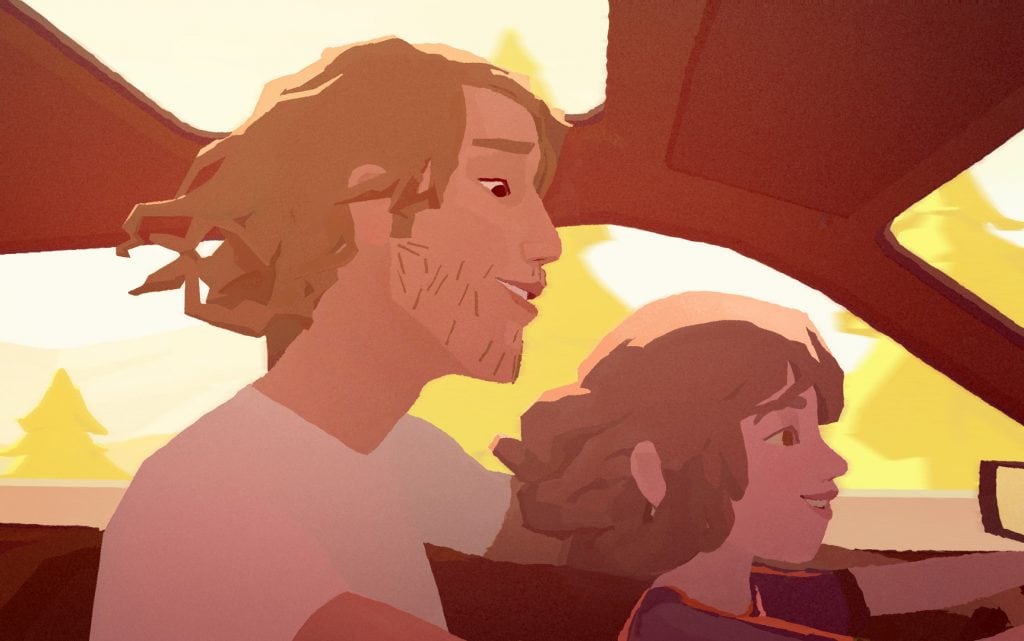
I doubt that my mentioning Pearl in this list calls for much of an explanation. It was, after all, the first VR film to ever get nominated for an Oscar. The story revolves around a father and his daughter driving across the country while making music. The film is quite beautiful and places its focus on a strong auditory experience. It is, however, a little disappointing to be confined to the car throughout the length of the film. Still among my top 7, nevertheless.
Help
This is the only film of the Spotlight Stories that does without animation. It tells the tale of an extraterrestrial being that comes to our planet and becomes very angry indeed. What follows is an action-packed chase between man and monster. In hindsight, the film, made by Fast & Furious director Justin Lin, has a number of weak points: things happen both in front and behind – a situation that feels like split screen and has me turning back and forth a lot to catch all of the action. It was, however, also one of the very first successful live action 360 degree films back when it was released in 2016. This film made me understand a few storytelling principles I hadn’t quite grasped before – e.g. the camera flight into the scene, which automatically directs the viewers’ attention towards the action via the flight’s path. Moreover, the film takes place in a single take, which works wonderfully.
Piggy

Piggy is just so cute. It recounts the struggle of a piglet trying to resist the temptation of an incredibly delicious-looking cake. Not only can I undeniably relate to the little piglet’s conundrum – the film also aptly demonstrates how the audience can be incorporated into the story. As a viewer, my gaze affects the film directly, as Piggy is ashamed of wanting the cake more than a going for a healthy jog. In turn, Piggy tries to vacuum up the cake in one gulp whenever I’m not looking. Clever!
Duet
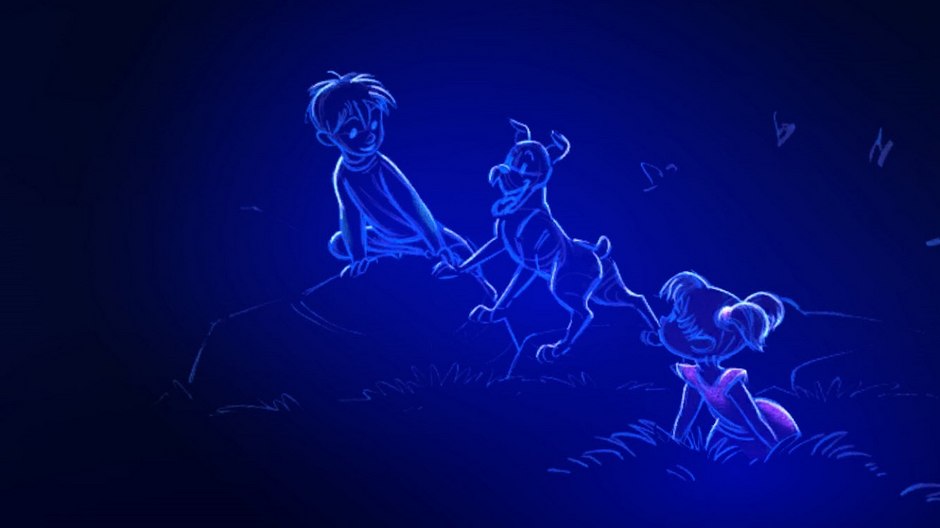
Duet is a 360 degree film, but it can’t be watched with a VR headset. Instead, the viewer has to turn their phone to follow the action. Admittedly, I find this to be unfortunate, but also understandable given the film’s age. It represents a nice idea nonetheless, as it revolves around the age-old story of love between a boy and a girl – with the added twist that the viewer themselves can decide on whose story to follow. Their paths cross repeatedly, meaning the viewer can then decide anew whose path they want to follow.
Where Can I Watch the Spotlight Stories?
The Spotlight Stories fulminated in 16 individual films (counting collaborations, such as those made with the band Gorillaz or the Simpsons’ film team). Nine of those are available as Roomscale VR experiences on Steam for the Oculus Rift and HTC Vive, as well as on Viveport (only for the HTC Vive). Of course, all of the stories are also available on Daydream headsets, with some even appearing on a dedicated YouTube channel as 360 degree films.
The YouTube channel also shows additional making-of videos that are certainly worth watching – they’re a veritable treasure-trove for storytellers. There is also the Google Spotlight Stories app for Android and iOS that features all of the 16 films. This app lets you watch the films on a Cardboard (made of cardboard, coincidentally) or a slightly more luxurious variant made of plastic. Or, in the case of Windy Day and Duet, you’ll have to watch them on your phone instead of the VR headset.
Translated by Jan Mc Greal
